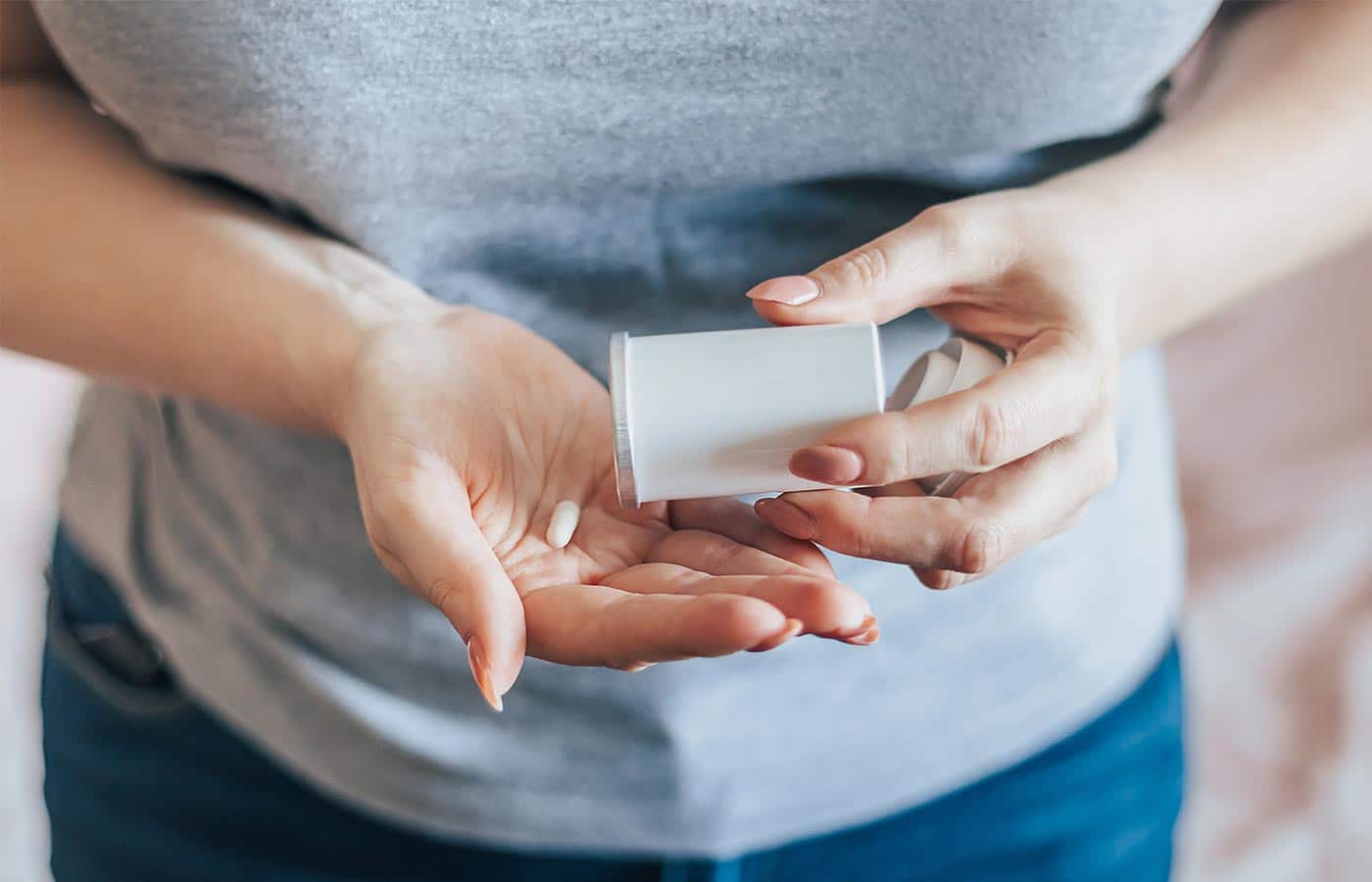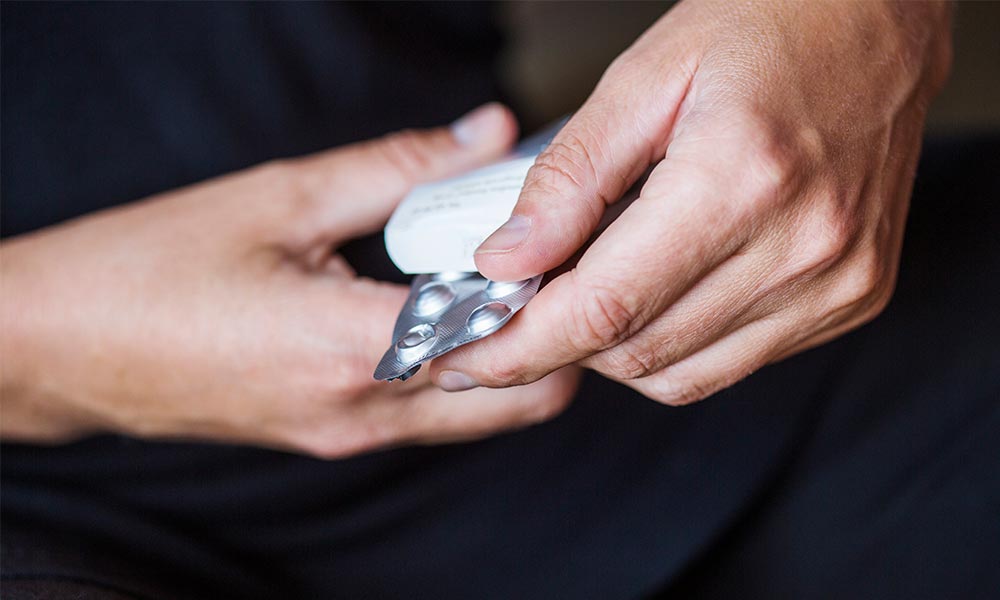
Is Gabapentin Addictive? Drugs Facts, Signs of Addiction, & Treatment
Key Points
- Gabapentin works by altering brain chemicals to treat seizures and nerve pain, available under brand names like Neurontin, though it can cause side effects including dizziness and drowsiness.
- Addiction risk increases when gabapentin is misused or combined with other substances, as users may develop tolerance requiring higher doses to achieve the same effects.
- Warning signs of gabapentin addiction include taking higher doses than prescribed, experiencing withdrawal when stopping, "doctor shopping," mood changes, and neglecting responsibilities.
- Combining gabapentin with other substances creates significant health risks, particularly with alcohol, opioids, and sedatives, which can lead to dangerous central nervous system depression.
- Treatment approaches include medically supervised tapering to manage withdrawal symptoms, therapy for psychological dependence, and ongoing support through specialized groups and alternative pain management strategies.
Gabapentin is a prescription medication primarily used to treat seizures and nerve pain. While it is generally considered safe when taken as prescribed, there is a potential for addiction, particularly when the drug is misused or taken in combination with other substances. Some people may experience withdrawal symptoms when stopping the use of gabapentin, and it is essential to follow the guidance of a healthcare provider when discontinuing the medication.
What is Gabapentin?
Gabapentin is an anticonvulsant medication that is primarily used to treat seizures and nerve pain.[1] It works by altering the transmission of certain chemicals in the brain, which helps to reduce the frequency and severity of seizures. Gabapentin is also used to manage the pain associated with shingles and other nerve-related conditions.
The drug was first approved by the US Food and Drug Administration in 1993 and has since become a widely prescribed medication.[2] Gabapentin is available as a generic medication and under brand names such as Neurontin, Horizant, and Gralise. It can be taken orally as a capsule, tablet, or liquid solution.
Gabapentin is generally well-tolerated and has a relatively low risk of serious side effects when taken as prescribed. However, it can cause mild side effects such as dizziness, drowsiness, and nausea. It is important to follow the dosing instructions provided by a healthcare provider and to be aware of any potential drug interactions before taking gabapentin.
What Are Its Effects?
Gabapentin is primarily used to treat seizures and nerve pain, but it has other effects on the body as well. Its main effects can be categorized as either therapeutic or side effects, and they may vary depending on the person and the dosage, and include:[3]
Therapeutic Effects
- Reduction in the frequency and severity of seizures
- Alleviation of nerve pain associated with conditions like shingles or diabetic neuropathy
- Treatment of restless leg syndrome
- Prevention of migraines
Side Effects
- Dizziness or drowsiness
- Nausea or vomiting
- Dry mouth
- Swelling of the hands or feet
- Mood changes, such as anxiety or depression
- Difficulty with coordination or balance
- Changes in appetite or weight
- Unusual bruising or bleeding
- Headache
Can Gabapentin Be Addictive?
While gabapentin is not classified as a controlled substance, it does have the potential to be addictive.[4] When used as directed by a healthcare provider, gabapentin is generally safe and effective. However, some people may develop a tolerance to the drug and require higher doses to achieve the same effects (either therapeutic or recreational). This can lead to a cycle of increasing doses and eventual dependence on the drug.
Gabapentin can also be misused, particularly when combined with other substances like opioids or benzodiazepines. This can increase the risk of addiction and overdose. Some people may also experience withdrawal symptoms when stopping the use of gabapentin, which can be a sign of physical dependence on the drug.
It is essential to take gabapentin as prescribed and to be aware of the potential risks associated with its use. If you have concerns about your use of gabapentin, speak with your healthcare provider. They can help you safely manage your symptoms and reduce your risk of addiction.
The Signs of Gabapentin Addiction
Gabapentin has become increasingly prescribed for off-label uses. Though marketed as having low addiction potential, medical professionals now recognize that physical dependence and addiction can occur with prolonged use.
Common signs of gabapentin addiction can include:
- Early warning signs include taking higher doses than prescribed, experiencing cravings, or becoming preoccupied with obtaining more medication.
- Physical symptoms include dizziness, drowsiness, tremors, and coordination problems when taking high doses.
- Withdrawal effects include anxiety, insomnia, headaches, and nausea when attempting to stop or reduce usage.
- Doctor-shopping behavior is when someone visits multiple physicians to obtain additional prescriptions.
- Mood changes include increased irritability, depression, or mood swings.
- Social isolation from friends and family occurs as the medication becomes a priority.
- Financial difficulties resulting from spending excessive money to obtain gabapentin.
- Neglect of responsibilities at work, school, or home due to gabapentin use.
- Failed attempts to cut back or stop using the medication despite wanting to do so.
If you notice these signs in yourself or someone else, the best course of action is to speak with a healthcare professional about treatment options.
Is It Dangerous to Combine Gabapentin With Other Substances?
Combining gabapentin with other substances creates significant health risks that vary depending on the specific combination. Alcohol and gabapentin together intensify central nervous system depression, leading to extreme drowsiness, coordination problems, and dangerous respiratory suppression. This interaction increases accident risks and can become life-threatening in severe cases.
Opioid medications pose particularly serious dangers when mixed with gabapentin.[5] This combination multiplies the risk of fatal overdose compared to using either substance alone. The FDA issued warnings about this specific interaction after studies demonstrated heightened mortality rates among people using both substances concurrently.
Sedative medications like benzodiazepines produce additive effects when combined with gabapentin. The resulting excessive sedation affects breathing patterns and consciousness levels. Physicians carefully avoid prescribing these medications together without close monitoring. Over-the-counter medications containing antihistamines may also produce unexpected sedative effects when taken with gabapentin.
How is Gabapentin Addiction Treated?
Treatment for gabapentin addiction involves medical detoxification methods that use tapering protocols to manage withdrawal symptoms. Healthcare professionals adjust dosages gradually rather than stopping the medication suddenly, which prevents seizures and other severe reactions. The body needs time to readjust as the medication leaves the system.
Therapy options also play a crucial role in addressing psychological dependence. Cognitive-behavioral therapy helps patients recognize their triggers, while dialectical behavior therapy teaches emotional regulation skills. Group sessions provide community support during recovery. Residential rehabilitation programs offer intensive treatment for severe cases, combining medical supervision with daily therapeutic interventions.
Recovery support systems often help people recover long after their initial treatment. Support groups specifically for medication dependence create ongoing accountability. Case managers coordinate care between doctors, therapists, and psychiatrists. Some people benefit from alternative pain management strategies when gabapentin is initially prescribed for chronic pain conditions. Nutrition and exercise programs support physical healing during recovery.
Frequently Asked Questions About Gabapentin Addiction
How does gabapentin addiction develop?
While initially thought to have low addiction potential, gabapentin can lead to physical dependence and addiction, particularly when taken in higher doses than prescribed or for extended periods. The medication’s calming and mood-altering effects can trigger reward pathways in the brain, leading to misuse and eventual substance use disorder in some individuals.
What are the withdrawal symptoms of gabapentin?
Gabapentin withdrawal symptoms can include anxiety, insomnia, headaches, nausea, sweating, restlessness, increased heart rate, and, in severe cases, seizures.
These symptoms typically begin within 12-48 hours after the last dose and may last for several days to weeks, depending on how long the medication was taken and at what dosage.
Is gabapentin similar to opioids?
Gabapentin is not an opioid but is sometimes prescribed alongside opioids for pain management. The combination can be dangerous as both medications cause sedation and respiratory depression. Some users report that gabapentin produces euphoric effects at high doses, which has led to its classification as a controlled substance in some states. However, it affects different receptors than opioids.
What treatment options exist for gabapentin addiction?
Treatment for gabapentin addiction typically includes medical detox with gradual tapering of the medication, followed by therapy addressing underlying issues. Treatment programs may incorporate cognitive behavioral therapy, support groups, and the development of healthy coping mechanisms. For those with co-occurring pain conditions, alternative pain management strategies are essential components of a comprehensive treatment plan.
How is gabapentin addiction different from other substance use disorders?
Gabapentin addiction differs from other substance use disorders in several ways. Gabapentin works primarily on calcium channels and GABA systems. As a result, the withdrawal syndrome tends to be less intense than with opioids or benzodiazepines but can still include serious symptoms like seizures. Because gabapentin was long considered to have minimal abuse potential, many healthcare providers may not recognize or screen for misuse patterns, leading to delayed identification of problems. Additionally, gabapentin is not detected on standard drug tests, making monitoring more challenging in treatment settings.
Sources
[1] MedlinePlus. (2020, May 15). Gabapentin: MedlinePlus Drug Information. Medlineplus.gov. https://medlineplus.gov/druginfo/meds/a694007.html on April 10, 2025
[2][3] Yasaei, R., Katta, S., & Saadabadi, A. (2024). Gabapentin. PubMed; StatPearls Publishing. https://www.ncbi.nlm.nih.gov/books/NBK493228/ on April 10, 2025
[4] NHS. (2021, September 16). Common questions about gabapentin. Nhs.uk. https://www.nhs.uk/medicines/gabapentin/common-questions-about-gabapentin/ on April 10, 2025
[5] Gomes, T., Juurlink, D. N., Antoniou, T., Mamdani, M. M., Paterson, J. M., & van den Brink, W. (2017). Gabapentin, opioids, and the risk of opioid-related death: A population-based nested case–control study. PLOS Medicine, 14(10), e1002396. https://pmc.ncbi.nlm.nih.gov/articles/PMC5626029/ on April 10, 2025


